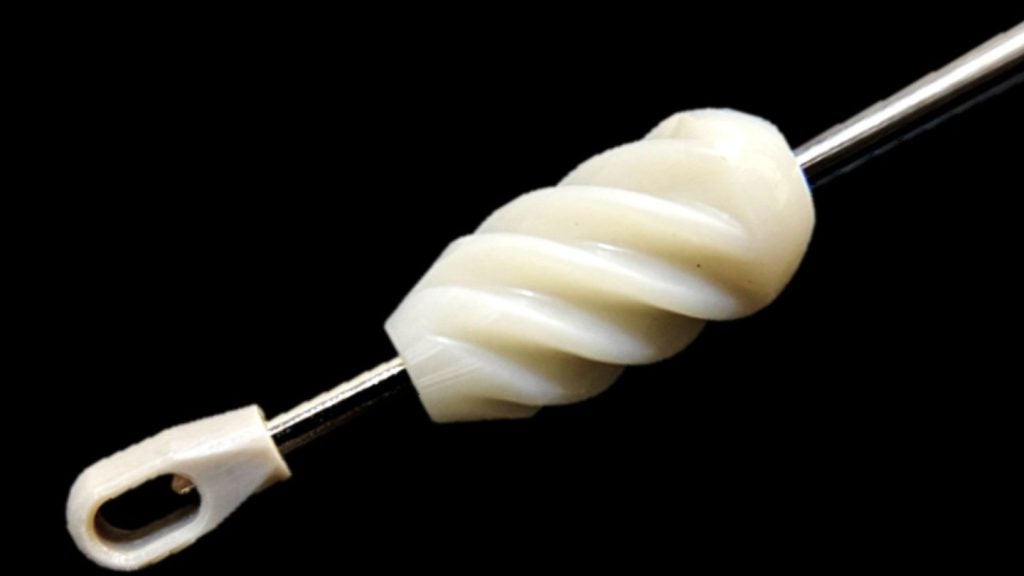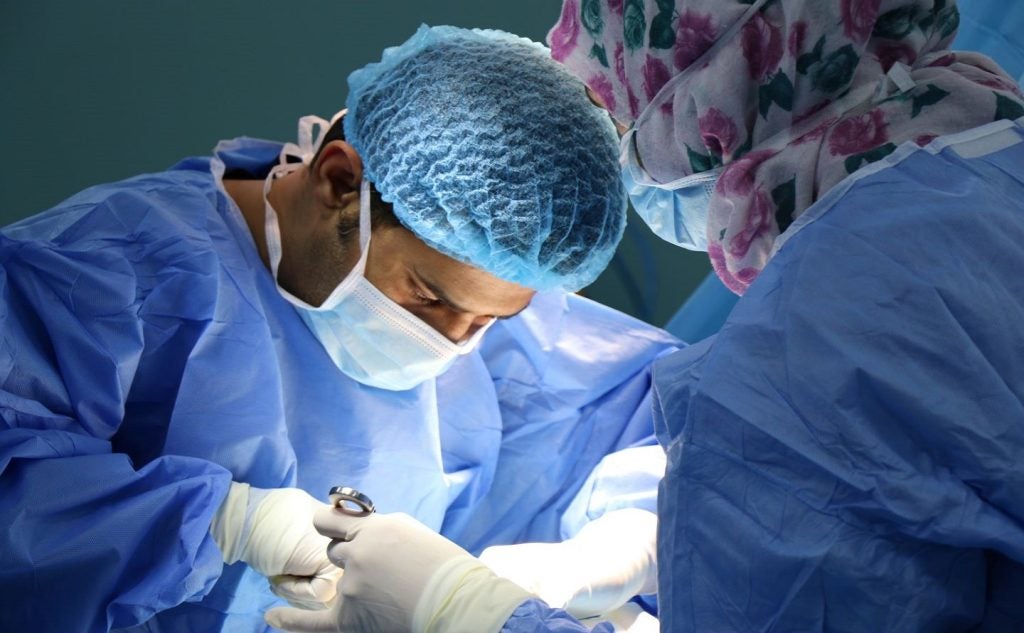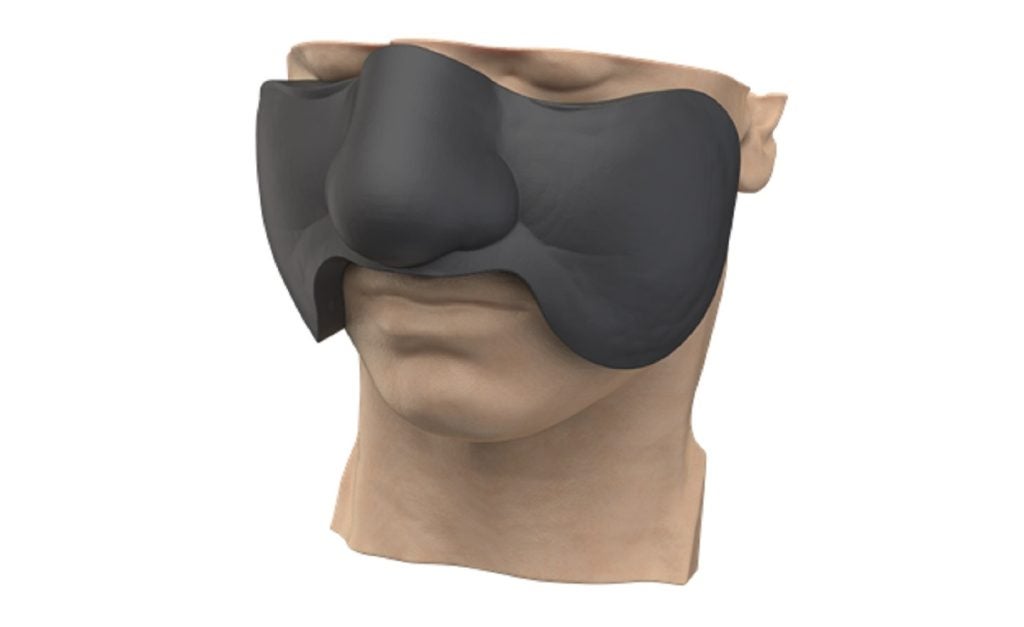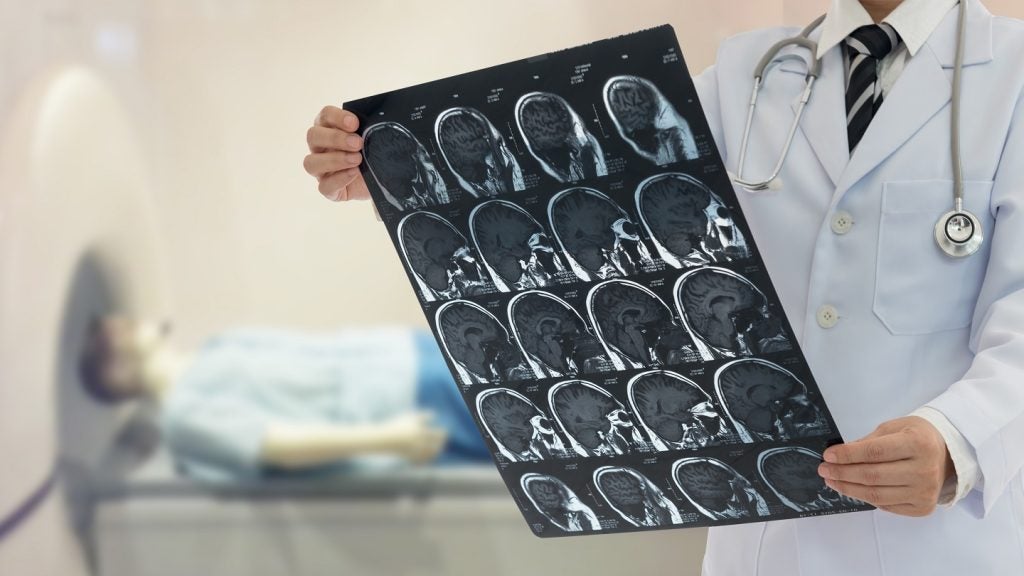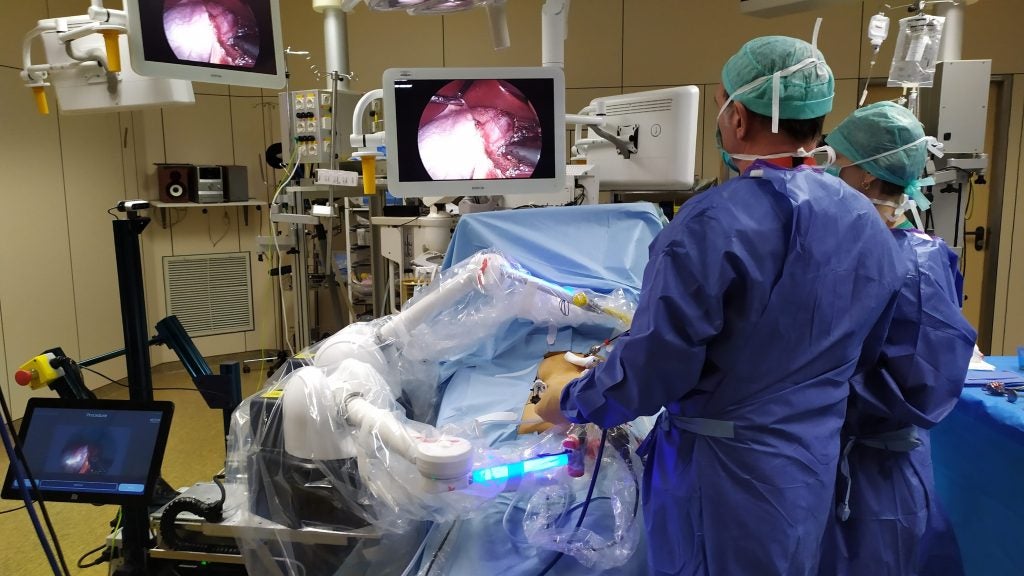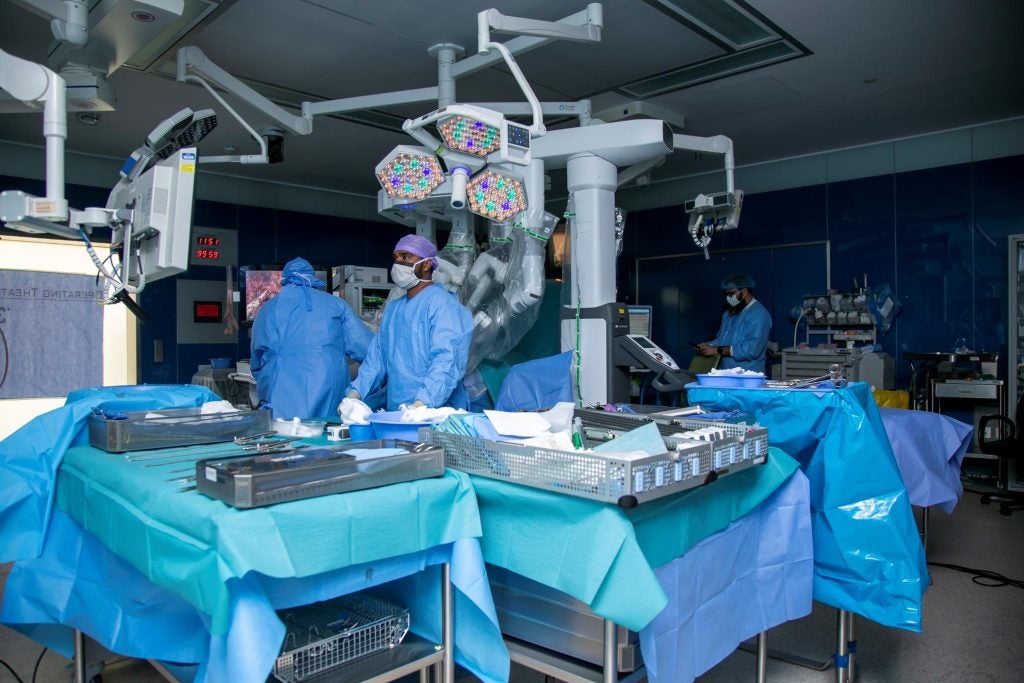Acuitive Technologies has received 510(k) clearance from the US Food and Drug Administration (FDA) for its CITRELOCK DUO fixation device for biceps tenodesis.
The new sports medicine fixation device offers surgeons a differentiated design through a tendon-friendly spiral thread featuring the Citregen next-generation resorbable technology.
Citregen has advanced molecular and mechanical properties for orthopaedic surgical applications.
The new device consists of a biomimetic material composition for matching the native bone inorganic content as well as a soft spiral thread design for eliminating tendon laceration.
Featuring elastomeric properties for enhanced pull-out strength, it also provides compressive strength like cortical bone and a modulus similar to trabecular bone.
In addition, Citrelock duo delivers a controlled resorption rate to alleviate chronic inflammation.
Acuitive product development vice-president Rui Ferreira said: “Our customers are looking for a fixation device with unique mechanical properties that protects the tendon’s integrity during insertion while providing improved fixation within the bone tunnel.
“Additionally, the Citrelock duo provides more predictable resorption while avoiding the chronic inflammation reported with other biodegradable polymers.
“With its innovative Citregen material technology and unique thread design, the Citrelock duo fills the clinical need surgeons have been seeking.”
Acuitive is focused on the development of advanced biomaterials and orthopaedic devices that participate in the natural musculoskeletal tissues’ healing process and address the shortcomings of existing biomaterials.


